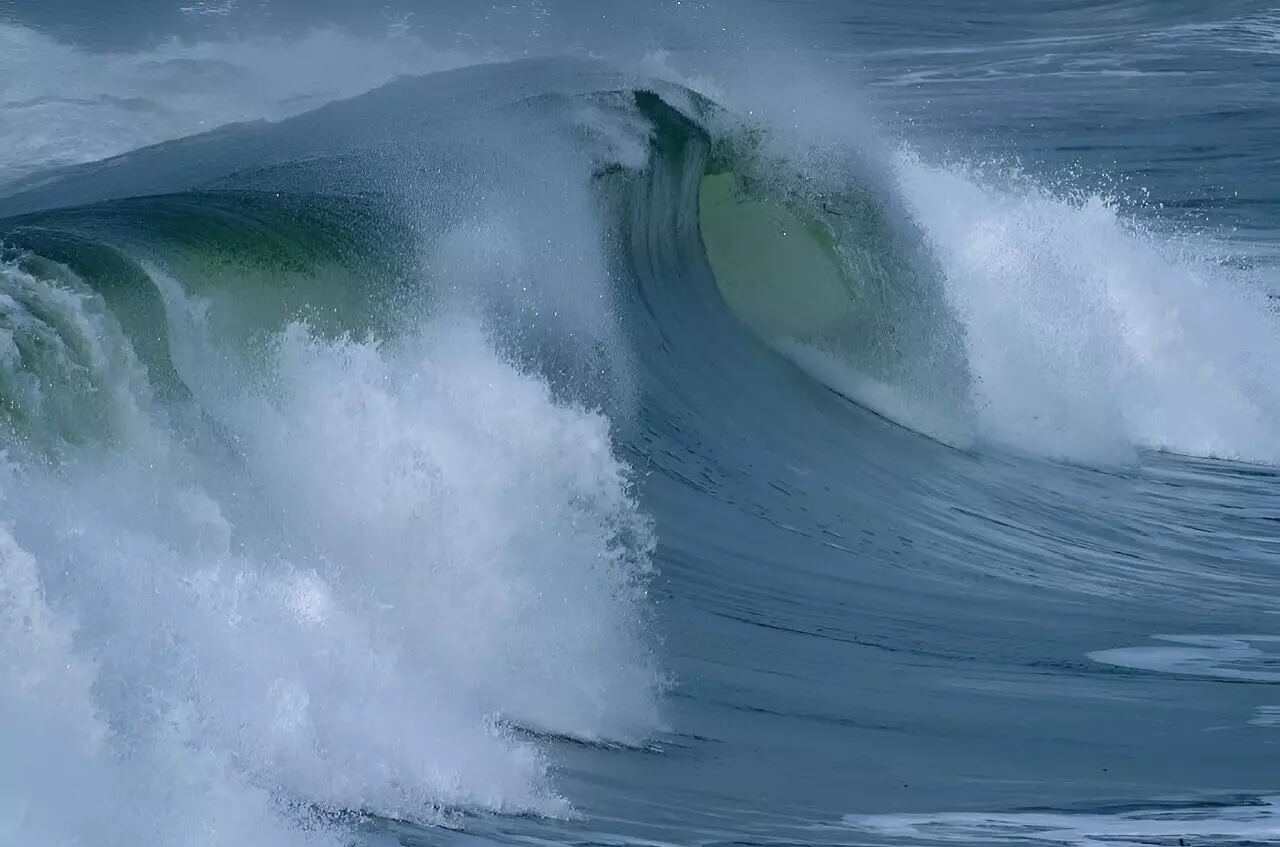Rogue waves, often described as “freak waves,” pose a significant threat to maritime travel, emerging unexpectedly and presenting perilous conditions for ships and offshore structures. These massive walls of water can rise dramatically from the ocean, catching even the most experienced crews off guard. The cost of such surprises can be devastating, leading to accidents, loss of vessels, and tragic fatalities. Thus, the need for an effective predictive tool is both urgent and essential.
Introducing the Predictive Tool
A novel tool, recently unveiled in a study published in *Scientific Reports*, harnesses the power of artificial intelligence to predict these formidable waves up to five minutes in advance. The brainchild of researchers Thomas Breunung and Balakumar Balachandran, this predictive system utilizes a sophisticated neural network designed specifically to differentiate between benign wave patterns and those capable of generating rogue waves. Through extensive training using a colossal dataset of sea surface elevation measurements from numerous buoys, the tool offers a promising breakthrough in marine safety.
Technical Insights and Methodology
The researchers fed the neural network an impressive 14 million thirty-minute samples obtained from 172 buoys positioned along the coastlines of the continental U.S. and the Pacific Islands. This rigorous training enabled the model to learn intricate patterns that precede the emergence of rogue waves. In testing the system’s capabilities, they employed a separate dataset of 40,000 measurements, achieving a remarkable accuracy rate of 75% for one-minute predictions and 73% for five-minute forecasts. Notably, the predictive power was validated at two additional buoy locations not part of the original training set, further emphasizing the model’s versatility.
Future Directions: Enhancing Prediction Accuracy
While these results are promising, the authors of the study acknowledge that there is room for improvement. By integrating additional variables such as water depth, wind speed, and real-time wave location data, the predictive accuracy could reach new heights. Furthermore, there is potential to expand the research towards forecasting not just the occurrence of rogue waves, but also their imminent heights and timings. Such advancements would represent a transformative leap in our ability to safeguard maritime operations against these unpredictable natural phenomena.
Implications for Maritime Safety
The implications of this innovative tool extend beyond mere academic interest; they could redefine safety protocols at sea. With timely warnings, vessels could initiate emergency shutdowns, seek shelter, or adjust course to better mitigate the risks associated with rogue waves. In an era where technology continually shapes industries, the application of machine learning to maritime safety could turn the tide in protecting lives at sea. Thus, this research not only emphasizes the importance of predictive technology but serves as a beacon of hope for those traversing the world’s oceans. The convergence of cutting-edge science and practical safety measures could soon render rogue waves less of an ominous threat, allowing sailors to navigate with newfound confidence.

